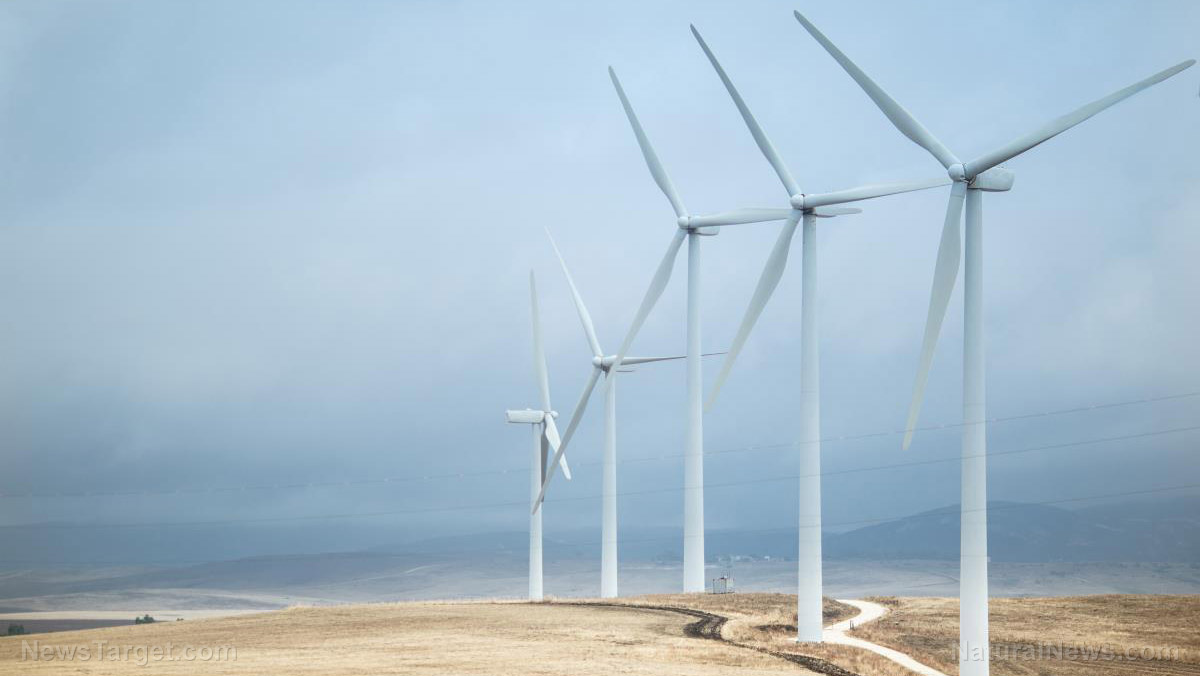- A New Zealand government panel denied Contact Energy’s proposal for a 55-turbine wind farm in Southland, citing harm to indigenous vegetation and wildlife habitats.
- The project would have generated 1,200 GWh annually (powering 150,000 homes), created 240 jobs, and contributed up to NZ$280 million ($160.93 million) to the local economy.
- The panel highlighted irreversible damage to 58.5 hectares of wetlands and forests, home to 16 threatened native bird species, deeming the project unsustainable.
- Government ministers questioned the decision, while Contact Energy’s CEO called it a setback for decarbonization and energy security. The prior Labour government had supported the project.
- The case raises questions about balancing renewable energy goals with biodiversity protection, suggesting some “green” projects may not be truly sustainable.
A New Zealand government panel has turned down a proposal to build a major wind farm in the country’s south, citing environmental grounds.
The NZ Expert Consenting Panel (NZECP) denied the proposal by Contact Energy to erect the Southland Wind Farm, which would be located 15 kilometers (9.32 miles) east of Wyndham in the country’s Southland region. The 55 planned wind turbines would be able to generate 1,200 gigawatt-hours of electricity every year, enough to power 150,000 homes.
Contact Energy confirmed the development on March 18. Its CEO Mike Fuge lamented in a statement that the denial “represents a significant setback for New Zealand’s decarbonization, Contact’s mission to improve electricity security of supply and the country’s economic development.”
According to Fuge, the wind farm would have bolstered energy security, reduced reliance on natural gas and created up to 240 jobs during construction. It would also have injected between NZ$230 million ($132.19 million) and NZ$280 million ($160.93 million) into the local economy.
Despite the supposed economic benefits, the NZECP appears to have made the right call in its decision to deny the wind farm’s permit. The panel’s report cited the facility’s adverse effects on “significant indigenous vegetation and the significant habitats of indigenous fauna” in the Jedburgh Plateau.
The 58.5 hectares of wetlands, tussock and forest slated for disruption are home to 16 native bird species, many of which are threatened, at risk or in decline. “The environmental effects are such that the project will not promote the sustainable management of natural and physical resources,” the report noted. (Related: Wind turbines decimating populations of golden eagles.)
When wind farms harm nature: Sacrificing biodiversity for “clean” energy
In its report, the NZECP acknowledged the project’s potential to aid Wellington’s recovery from the Wuhan coronavirus (COVID-19) pandemic and help the country hit its renewable energy targets. However, these ignore the irreversible damage such projects inflict on fragile ecosystems.
The panel’s ruling underscores a critical truth: The environmental and ecological costs of large-scale wind projects often outweigh their supposed benefits. No amount of economic benefit justifies sacrificing biodiversity in the name of “clean” energy, and destroying irreplaceable habitats to erect turbines is not sustainability – it is environmental hypocrisy.
The NZECP faced criticism from government officials, including Infrastructure Minister Chris Bishop and Resources Minister Shane Jones. The two ministers voiced out concerns whether the panel made the right call, suggests a troubling prioritization of energy targets over genuine conservation.
Prior to the denial, the previous Labour government under former New Zealand Prime Minister Jacinda Ardern supported the proposal to build the Southland Wind Farm. Former Energy Minister Megan Woods and former Environment Minister David Parker supported the project as recently as 2023.
Contact Energy may still appeal the decision to the New Zealand High Court within 15 working days. Nevertheless, the case should prompt a broader reassessment of whether large-scale wind farms are truly compatible with environmental protection.
Ultimately, the panel’s decision should serve as a wake-up call. If “green” energy requires the destruction of native ecosystems, then perhaps it isn’t as green as advertised. Sacrificing biodiversity to preserve the planet for future generations is a self-defeating strategy.
Head over to NewEnergyReport.com for more similar stories.
Watch Rita Panahi of Sky News Australia commenting on Europe’s exorbitant energy prices, courtesy of renewables like wind and solar.
This video is from the Delacabra channel on Brighteon.com.
More related stories:
Air New Zealand first major airline to abandon impractical climate goals, citing lack of realistic solutions.
Renewable rhymes with unreliable: Germany’s first offshore wind farm to be DECOMMISSIONED.
New Zealand to resume OIL DRILLING amid fears of blackouts.
Sources include:
TheEpochTimes.com
Reuters.com
RenewablesNow.com
Brighteon.com
Read full article here


